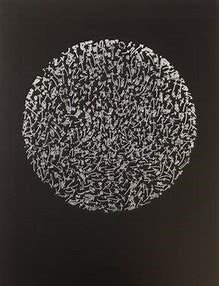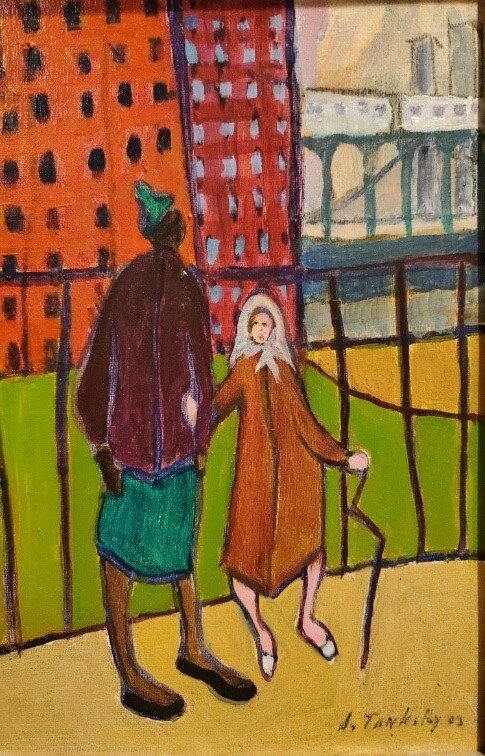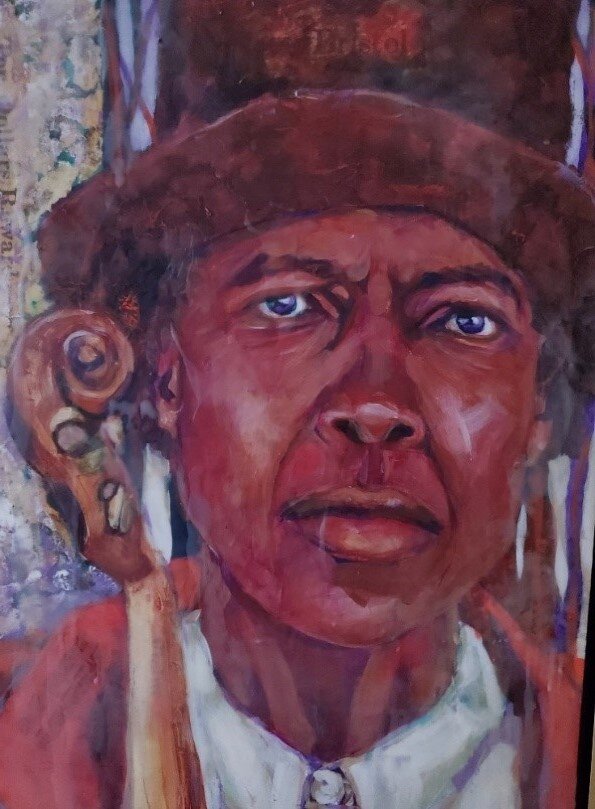Nedia Were’s painting is a profound meditation on the cycle of birth, life, and death, conveyed through fragmented faces and layered symbolism. Rooted in African artistic traditions, it evokes the spiritual depth of masks and figures, connecting identity, ancestry, and transformation. The work engages with the African influences that shaped global movements like Primitivism and Cubism, reclaiming the fragmented aesthetic associated with Picasso and grounding it in African heritage.
The "Mother and Child" motif reflects the African Earth Mother, symbolizing fertility and continuity, and aligns with African cosmologies like the Yoruba and Akan, where life and death are intertwined transitions. Symbols such as the skull and lush foliage emphasize the dualities of existence—creation and destruction, presence and absence.
Drawing from the existential depth of African modernists like Ben Enwonwu, Were’s vibrant palette and symbolic forms bridge traditional African philosophies with global art conversations, offering a deeply resonant portrayal of humanity’s shared journey.
Read More





